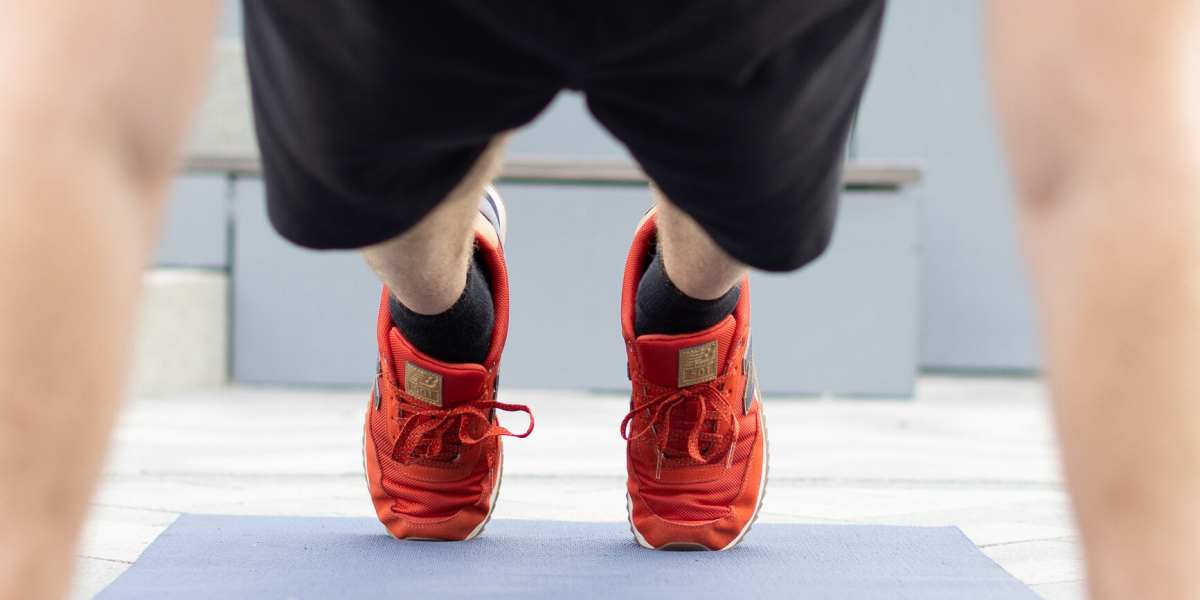Pullover (exercise)
Pullover - what is it?
One simple question: what does the pullover train? Biomechanically, it is one of the few exercises that simultaneously activates the chest muscles and the back – antagonists. This misleads many athletes who believe that the pullover is needed to develop the chest or both muscle groups.
Look at the illustrations. What does a pullover resemble when you turn the picture? That's right, pull-ups. The movement of the elbows toward the torso with an increasing load factor. A pullover (pull-over) resembles pull-ups (pull-up) not only in name, but also in load. The differences lie in the ability to adjust the load factor and in the working horizontal plane.
Selecting a projectile
First, let's determine what is best to perform the pullover with. The most common option is with a dumbbell. As theory and practice show, there is no significant difference between a dumbbell and an EZ bar with the correct technique.
The bar looks preferable, because it does not change the biomechanics and at the same time leaves comfort from performing the pullover, but we will leave the choice to your discretion. Note that it is easier to hold the bar, since you do not need to put your palms on top of each other.
In terms of biomechanics and exercise efficiency, there is no difference between the equipment. However, do not confuse the pullover with two dumbbells, the pullover in the simulator and other non-standard movement options. They do not apply to this statement.
Let's touch on the topic of body position and bench separately. The pullover should only be performed across the bench (crosswise). The shoulder girdle is on the bench, and the rest of the body should be kept mobile. Options on a bench, on an inclined bench, etc. are harmful and dangerous due to overloading the cervical vertebrae and neck, especially when working with heavy weights.
Pullover Technique
Starting position
Lie with your upper back across the bench. Your entire shoulder girdle touches the bench. Bend your knees and keep your pelvis slightly below shoulder level, almost touching the floor. Look straight up. Relax your neck. Make sure your neck does not touch the bench, otherwise the exercise will be uncomfortable. Your back is arched and even slightly curved. The chest is raised, as is the diaphragm.
Ask your training partner to hand you a dumbbell or barbell. If you are training alone, place the equipment in advance near the bench at head level. It is advisable to use a barbell plate as a support so as not to stretch excessively.
Take the projectile. Bend your arms at the elbows and hold it at the level of the lower chest. Take a big breath in and out.
Main movement
Slowly begin to move the projectile behind your head, mentally trying to put it on the floor. The angle in the elbows should not change during the entire movement. The sharper - the worse, so we recommend a neutral figure - 90 degrees.
Inhale slowly as you move. This will be easy and comfortable to do along with the stretching of your chest. As you move your elbows away from your torso, lift your pelvis slightly upwards, this will give more flexibility to your upper body.
You need to move the projectile under your head, and not just away from you. At the bottom point, you will feel a strong tension in the muscles of the back and frontal plane (chest, front serratus and abs). This is a critical point of the working trajectory.
Make sure the weight doesn't touch the floor. Bend your elbows more if needed.
Reverse movement
Without a pause, begin to return the projectile and arms to the starting position. Do not change the angle in the elbows, it should be almost straight. This is especially important at the end of the exercise. Keep your elbows strictly along the torso. The return point is when your triceps rest on the latissimus dorsi or are simply parallel to the floor. At the same time, the forearms are perpendicular to the floor. This is necessary to reduce the static load on the shoulders and triceps. We are not training them.
After a 3-4 second pause, begin a new repetition using the same pattern. Do not forget about the tension of the press and its static control.
Do not look forward or backward. Look straight up to maintain a neutral neck position. When returning the projectile to the start, perform the movement using the back muscles.
A little about the types of grip
The dumbbell grip involves holding the weight as usual, rather than stroking the weight plates and the base of the dumbbell. Forget all those pictures from the Internet. In the starting position, the dumbbell handle is parallel to the torso, and you hold it with both hands – palm to palm.
Such a narrow grip complicates the final phase of the movement, because the narrower the elbows, the more difficult it is to move the hands further from the head. Therefore, EZ-format bars are used more often. A grip of medium width is chosen - slightly narrower than the shoulder girdle.
In addition, the barbell allows you to load a really large weight, and the convenience of a 28 kg dumbbell and above is rather questionable.
Nuances and tricks
Do not perform the exercise with straight arms. There is no need to create additional stress on the shoulder joints and triceps. The pullover is not needed for this. Our task is to load the back muscles as much as possible by maximally abducting the arm from the plane of the torso with subsequent adduction and contraction of all segments of the back. Due to the activation of a large number of muscles, the stress load has a positive effect on the whole body. The pullover is a kind of analogue of squats if you look at the exercises from the point of view of global stress and impact.
We described all the tricks above: use a barbell or a dumbbell with a two-handed grip. Watch your elbows, don't forget about your pelvis. Don't straighten your arms as if you were doing a French press.
Style Summary
The pullover is the most underrated exercise for the back muscles. This happened because of the complexity of the technique and confusion with the target working muscles of the groups. If you want to build a huge wide back, be sure to start learning the correct pullover technique. Slowly but surely, with a small working weight.
Over time, a pullover can even replace pull-ups. The chest is not trained by a pullover. It is loaded to a large extent with straightened arms and bringing them together to hold the projectile. Pumping the chest with a pullover is equivalent to training the biceps of the thigh in leg raises for the calves.








